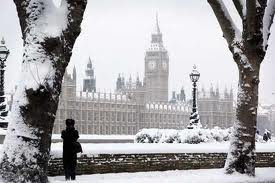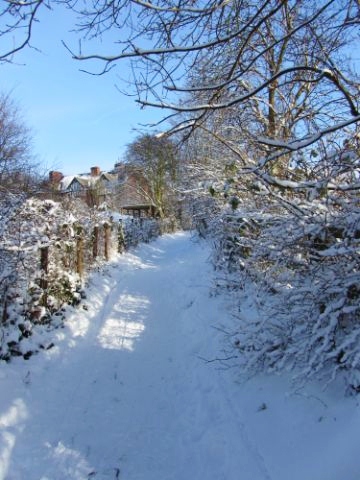It is the ancient Pagan celebration of Imbolc (also known as the Christian festival of Candlemas).
If Imbolc be Fair & Bright, Winter will have another flight...
If Imbolc be Shower & Rain, Winter is gone and will not come again....
The First of February belongs to Brigid,
(Brighid, Brigit, Bride,) the Celtic goddess who in later times became revered as a Christian saint.
Originally, her festival on February 1 was known as Imbolc or Oimelc, two
names which refer to the lactation of the ewes, the flow of milk that
heralds the return of the life-giving forces of spring. Later, the Catholic
Church replaced this festival with Candlemas Day on February 2, which is
dedicated to the Virgin Mary and features candlelight processions. The
powerful figure of Brigid the Light-Bringer over lights both pagan and
Christian celebrations.
In most
parts of the British Isles, February is a harsh and bitter month.
In old Scotland, the month fell in the middle of the period known as
Faoilleach, the Wolf-month; it was also known as a’ marbh mhiòs, the
Dead-month. But although
this season was so cold and drear, small but sturdy signs of new life began
to appear: Lambs were born and soft rain brought new grass. Ravens begin to
build their nests and larks were said to sing with a clearer voice.
In Ireland, the land was prepared to receive
the new seed with spade and plough; calves were born, and fishermen looked
eagerly for the end of winter storms and rough seas to launch their boats
again. In Scotland, the Old Woman of winter, the Cailleach, is reborn as
Bride, Young Maiden of Spring, fragile yet growing stronger each day as the
sun rekindles its fire, turning scarcity into abundance. Of her, Alexander
Carmichael wrote:
Bride with her white wand is said to breathe
life into the mouth of the dead Winter and to bring him to open his eyes to
the tears and the smiles, the sighs and the laughter of Spring. The venom of
the cold is said to tremble for its safety on Bride’s Day, and to flee for
its life on Patrick’s Day.
Excerpt courtesy of www.thechalicecentre.net
Views of my old home at this time of year (complete with "For Sale" sign); so very different to my view today - how does Imbolc 2012 look in your part of the world?
 |
| Side entance of our house and view of Slingsby Church, where the 14th Century Knight, Sir William Wyvill is buried |
 |
| Front entrance to Prospect House & Prospect Cottage (our main house and guest cottage). |
 |
| View of the ruins of Slingsby Castle. Our fruit & veggie garden was in the castle moat behind that hedge. |


























